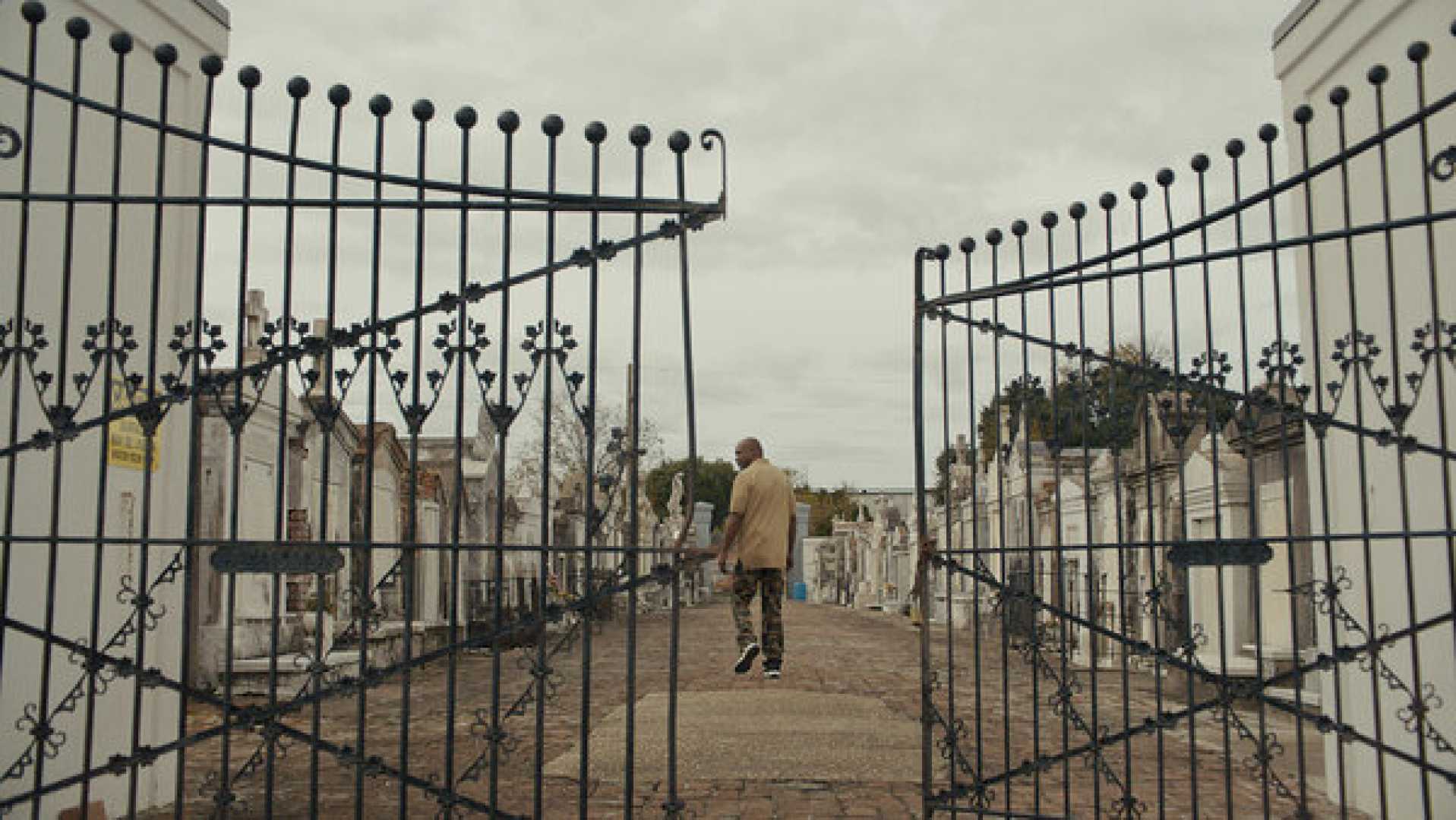Entertainment
Hurricane Katrina Documentary Explores Lasting Impact on New Orleans

NEW ORLEANS, Louisiana – The new documentary series, “Katrina: Come Hell and High Water,” directed by Spike Lee, presents a vivid look at Hurricane Katrina‘s devastating impact on New Orleans 20 years after the disaster. The series, which began streaming on Netflix this week, aims to highlight systemic indifference towards the city’s predominantly African American residents during the crisis.
Hurricane Katrina made landfall on August 29, 2005, as a Category 5 hurricane, flooding much of New Orleans and leading to over 1,800 deaths. In the aftermath, many residents, struggling with economic limitations, could not evacuate in time as floodwaters surged through neighborhoods.
The documentary’s first two episodes explore the failures of local authorities and the national government, led by President George W. Bush, to adequately respond to the disaster. The narrative captures the heartbreaking realities faced by families and individuals, with open discussions on the racist undertones present in media coverage and governmental responses.
Lee’s series, while poignant, arrives shortly after another documentary by Ryan Coogler, titled “Race Against Time,” which also focuses on the event. Some critics suggest that too many similar clips and interviews are present in both series, which may dilute the impact of Lee’s work. However, the finale of Lee’s documentary is particularly strong, providing a rich oral history of New Orleans since the storm, narrated by locals, including musician Branford Marsalis and actor Wendell Pierce.
The final episodes of the series emphasize how the city’s culture has continued to face numerous injustices post-Katrina. Some residents feel that systemic inequality has only worsened, with gentrification slowly erasing historically Black neighborhoods, while local services remain underfunded.
Nevertheless, Lee ends the series by showing the resilience and vibrant spirit of New Orleans. The documentary serves as a tribute not just to what was lost, but also to a community that continues to thrive in the face of adversity.
The series is a stirring reminder that despite the changes since the storm, the heart of New Orleans remains alive, resisting the narrative of victimhood and embracing recovery.












